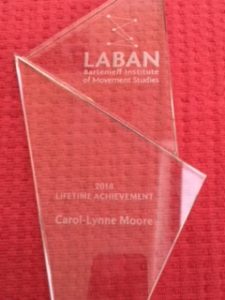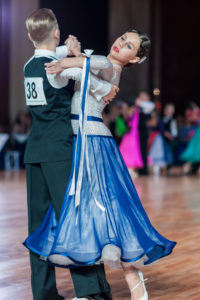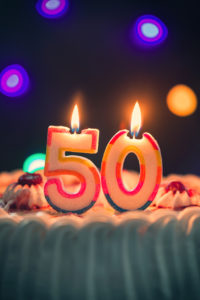At the closing banquet of the LIMS 40th Anniversary Conference, three Lifetime Achievement Awards were presented to Bonnie Bainbridge Cohen, Peggy Hackney, and myself.

I’m sure I speak for the other two recipients when I say that it is a great honor to have one’s efforts recognized by colleagues. For all of us, the encounter with Rudolf Laban’s ideas and our studies so long ago with the remarkable Irmgard Bartenieff have been truly life-changing. Though our journeys have gone in different directions, they spring from the same roots.
When I first began to study with Bartenieff, she was 75 years old. Her knowledge was deeply grounded in a lifetime of movement study. But she was not focused on the past; she was always looking forward. I never knew Laban the man, but I have come to know his way of thinking. His knowledge was also deeply rooted in a lifetime of experience, but he kept moving, exploring, and looking forward. I hope in some small way to continue to grow the work these pioneers started.









